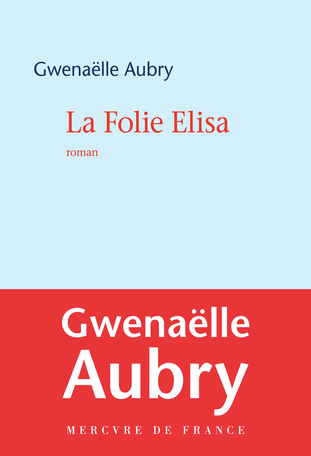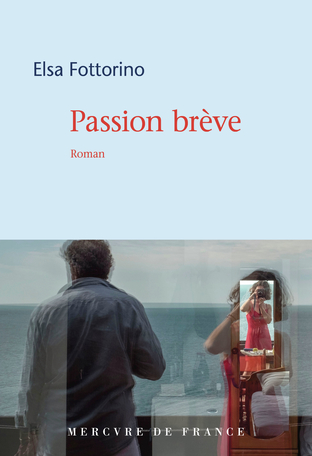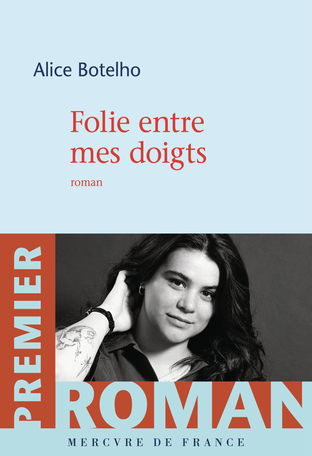La Folie Elisa
Janvier 2015-janvier 2016. Quatre femmes quittent la scène, prennent la fuite : Emy Manifold, une rock star anglaise, Irini Santoni, une sculptrice grecque, Sarah Zygalski, une
danseuse berlinoise, Ariane Sile, une actrice française. Grandes amoureuses, «petites folles», comme Duras le disait de Lol V. Stein, elles ne se connaissent pas mais sont reliées par un graffiti énigmatique, SMA. Une maison les accueille, des chambres claires où recomposer les figures de leur vie, une chambre noire où résonne la fureur du monde. Que faire quand on porte en soi des ruines et des gravats et que la terre se couvre de murs et de barbelés? Où est l’asile? Comment construire l’hacienda?
- Bleue
- Paru le 23/08/2018
- Genre : Littérature française
- 144 pages - 140 x 205 mm
- EAN : 9782715248502
- ISBN : 9782715248502
Foreign Rights
La Folie Elisa
All rights available
Presentation
They seek the flesh of loss, the flesh of emptiness, of abandonment, they open it up like a fruit and sink in their teeth. Dying is an art, like everything else – that too they know. They use speed to counter their fall. They part with passion. They share an inner art of fugue, and many tangents. They have died several times (I watch them fall). In the end they will get up (I see them fight). They are built on shifting, slippery ground riddled with holes. Their inner space is impressive, from the outside you would never guess.
January 2015-January 2016. Four women quit the stage: British rock star Emy Manifold, Greek sculptor Irini Santoni, Berlin-based dancer Sarah Zygalski and French actress Ariane Sile. They ran away, struck down by the extreme violence of those dark times: terrorist attacks, walls and barbed wire all over the earth, the bodies of exiled people washed up on the beaches. They have not met, but are linked by loved men and the mysterious graffiti “SMA”. L. welcomes them in her house, La Folie Elisa: “folie”, from Latin folia, leaf, “Elisa”, the anagram of asylum — each book is a house of leaves. This one is constructed around several rooms: a camera obscura, with European press releases, and four light rooms where those runaway girls will reshape their lives, look for an answer to these questions, more urgent than ever: what can art and love do in time of distress? Where can asylum be found?
Gwenaëlle Aubry is a writer and philosopher born in 1971. Her novels and essays, which have been translated into a dozen languages, include Personne (Prix Femina 2009, No One, Tin House, 2012), Partages and Perséphone 2014.
If you are interested in publishing one of our books or wish to receive further information, you can contact our International Department:
Geneviève Lebrun-Taugourdeau: +33 (0) 155 426 195
genevieve.lebrun-taugourdeau@mercure.fr










